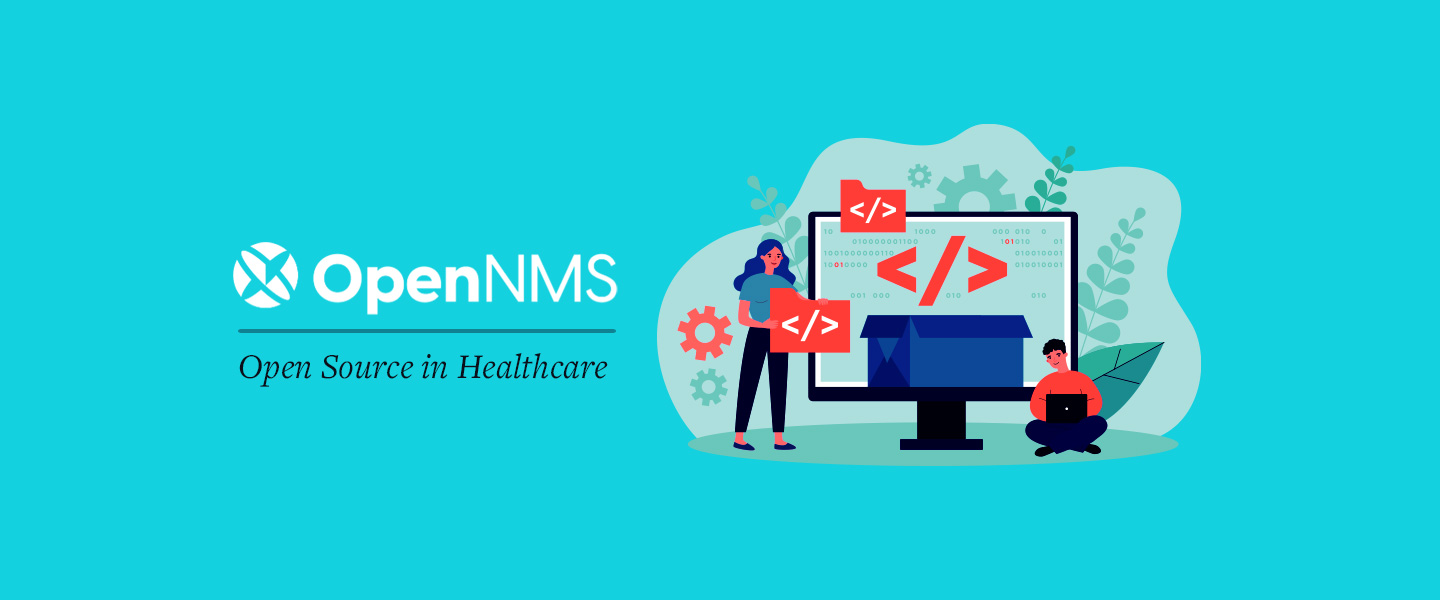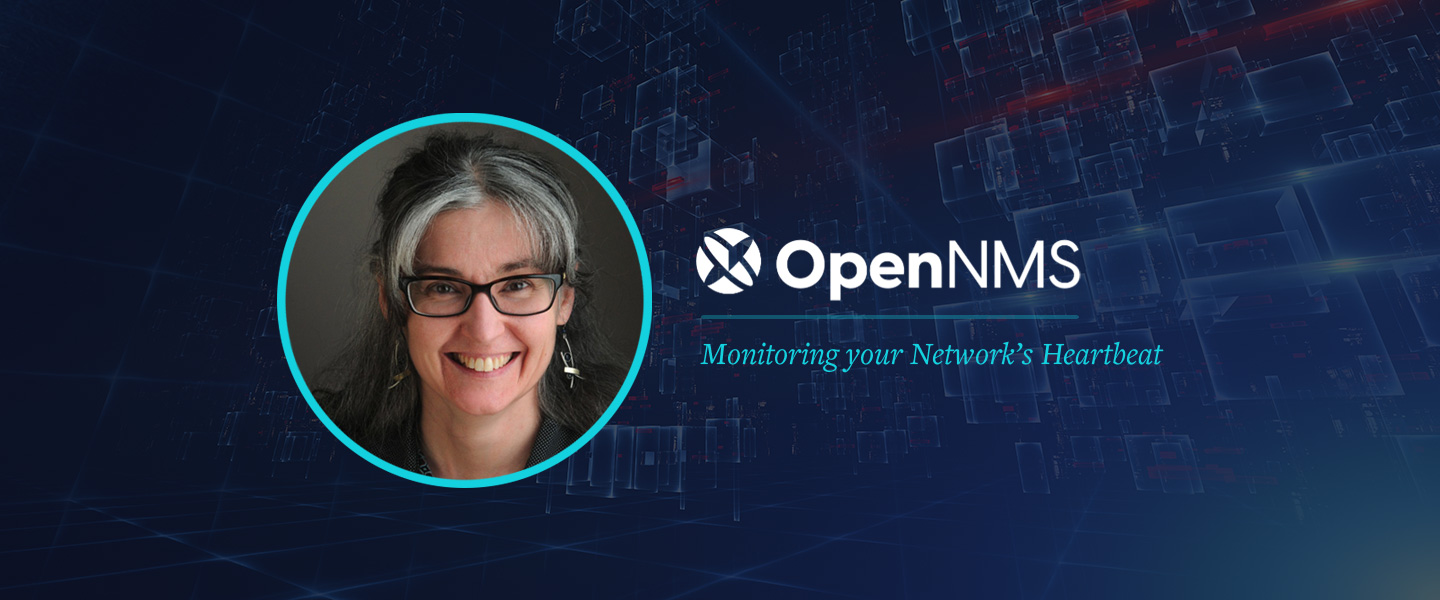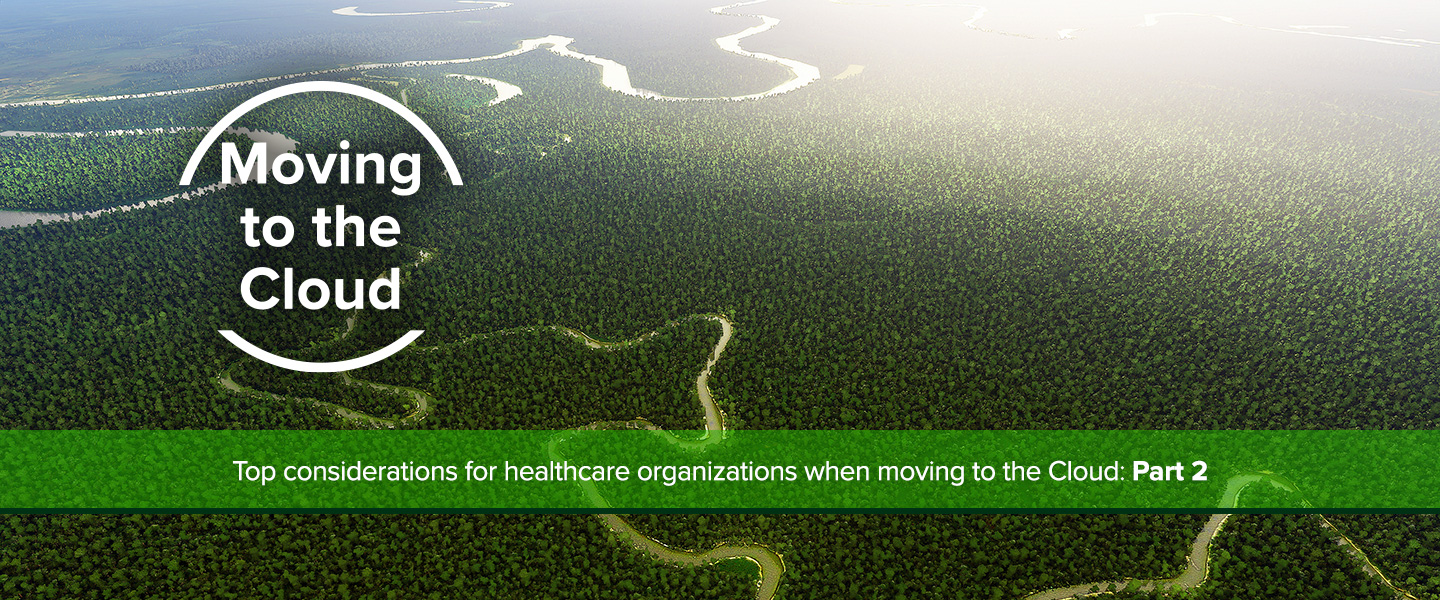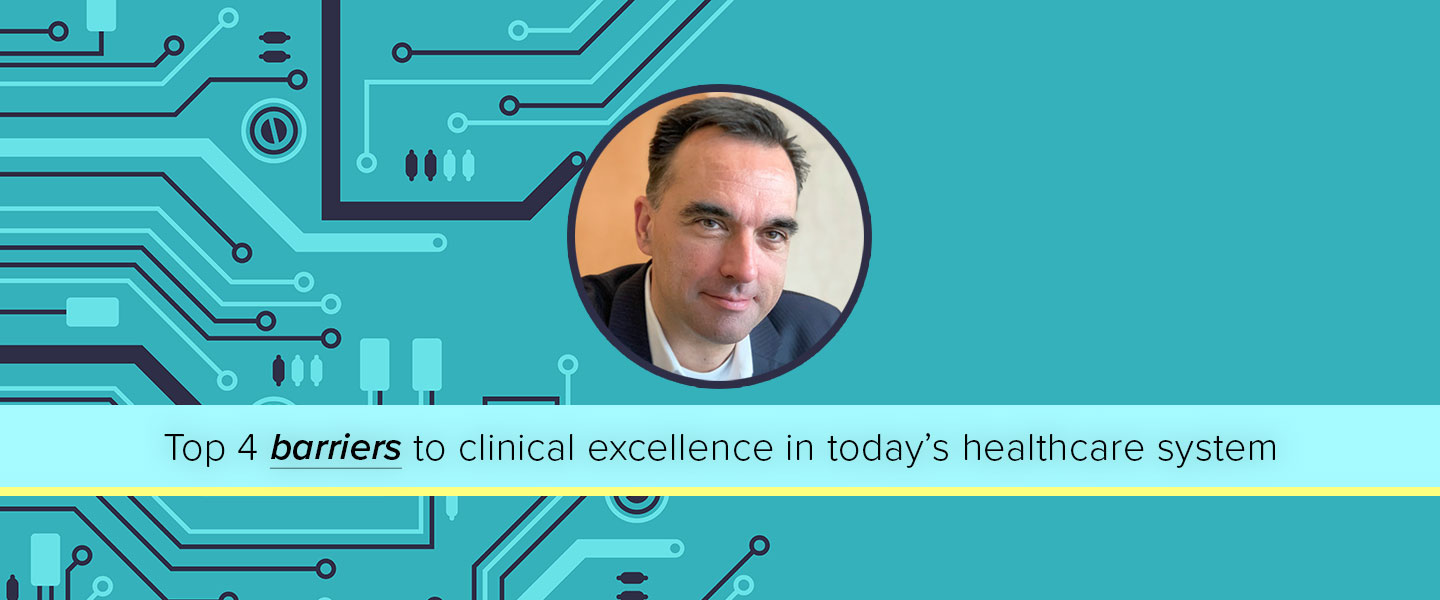I think one of the main things people are curious about concerning the NantHealth acquisition of OpenNMS is “why would a health care services company buy an open-source network monitoring company?”
It does seem curious, but it may surprise you to learn that after service providers, the health care sector is our largest group of customers. In fact, the very first company to purchase support for OpenNMS was a hospital in Minneapolis. They purchased it in 2001 and they are still a customer today.
I really didn’t understand why health care companies would be so concerned about monitoring until the summer of 2019. I was in a bad car accident that would put me in the hospital for 33 nights. I suffered from a broken neck (at C2) and a crushed left ankle, as well as a number of other injuries. That experience thrust me right into the thick of the health care system and I was able to experience first-hand why managing digital data is so important to providing modern health care.
I can think of at least four main areas where information technology plays a role in health care. There is patient focused data. There is data created by medical devices. Data drives health care and health care administration decisions. And finally, the data that a patient can access from the outside world plays a big role in patient morale.
From the moment I arrived in the hospital, the care team began collecting information about my condition. An ID bracelet with a bar code was put on my wrist and almost every action that was taken to help me was logged. I was given medication for pain. I was the subject of countless scans and x-rays. I was eventually given a room and connected to a variety of machines. All of those things created data that had to be examined and stored. If there was an issue with the networks that transmitted that data or the systems that stored and displayed it, it would negatively impact the care I was to receive.
Being a monitoring geek, I also noticed that a lot of the machines involved in my care could be connected to the network. For lack of a better term, I was in a “smart bed.” It could tell how much I weighed or if I left the bed (which at the beginning of my stay was unlikely). The machine that controlled my intravenous drip also had the ability to connect to the network, and if the hospital so desired, they could monitor and track how well it was working. By insuring there are no issues with the devices helping me recover, my health care providers could make sure I was receiving the best care.
Modern health care administration relies heavily on IT infrastructure as well. Electronic Health Records (EHRs) are now the norm. Every time a nurse came in to give me care they logged it into a computer system. My doctors referenced that information to plan my care.
Many people in the hospital wore a little device around their necks that could be used to call and communicate with others using voice commands. As with most modern “digital assistant” technology it wasn’t perfect, and sometimes the nurses and I would have a laugh when they tried to call for, say, a transport down to x-ray and they got the cafeteria. As imperfect as the solution was, it was much better than the alternative which used to involve pagers.
Even back-office administrators need reliable access to networked data in order to ensure they have the needed resources. Especially during the time of COVID-19, having accurate and timely data was extremely important to ensure that patient needs could be met.
Finally, I was lucky that I was in the hospital when I could still see guests, but a lot of my time was spent alone. Having access to the Internet kept me sane, and even when I couldn’t see my spouse or friends on a particular day, I could still visit with them remotely. Internet access may seem like a luxury, but it definitely helped me get through my hospital stay.
With all of these aspects of patient care being tied to the health of the network infrastructure, it is now obvious to me why organizations would choose OpenNMS. It is a solution powerful and flexible enough to monitor all four of these different areas. It can help ensure that patient information is readily available, and that there is a lot of it.
There is also a financial aspect to monitoring. Most health care institutions aim to spend around 4.5% of their operating revenue on IT. How can they make sure those funds are going to the right projects? With the reporting tools built in to OpenNMS users can identify where resources are constrained and where they are healthy, versus just having to guess.
The health of the network is now irrevocably tied to the health of patients. OpenNMS can help ensure the former so that focus can be kept on the latter.








